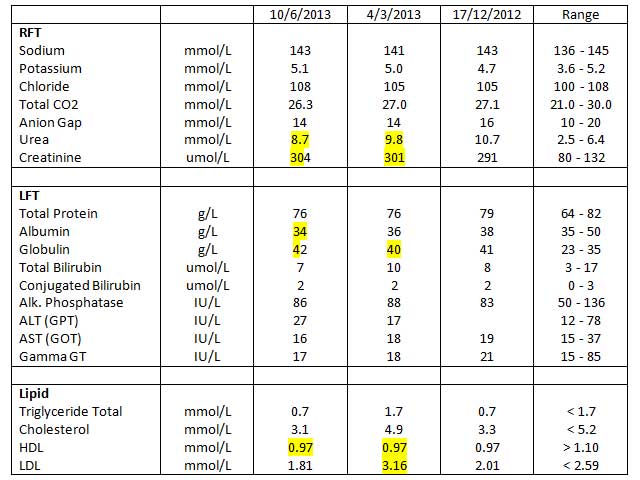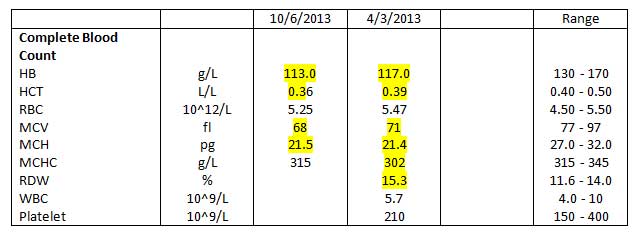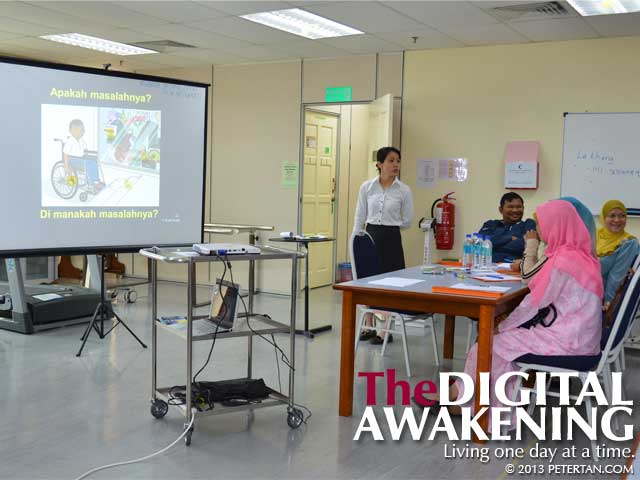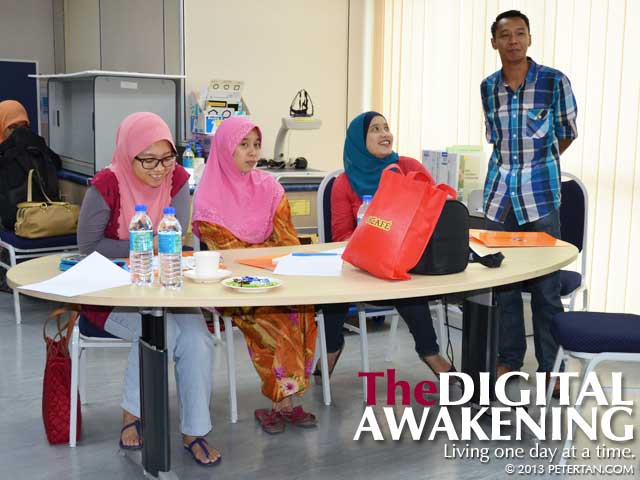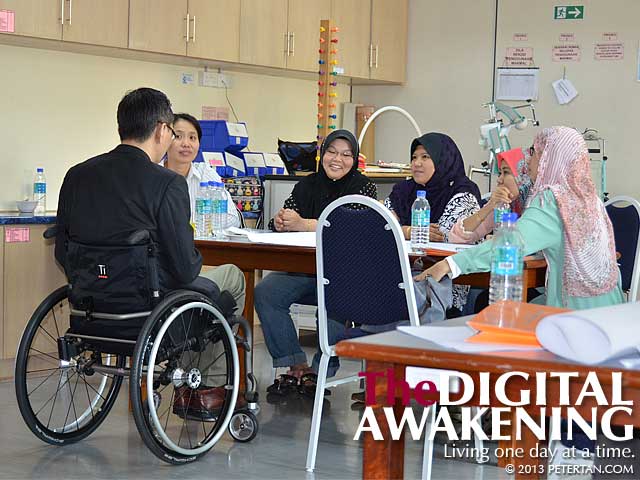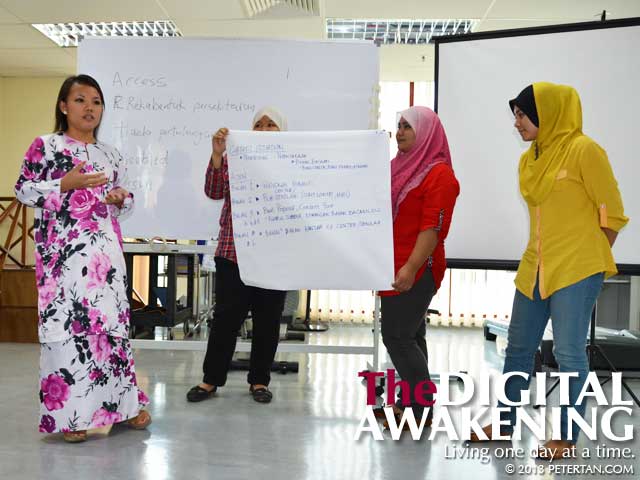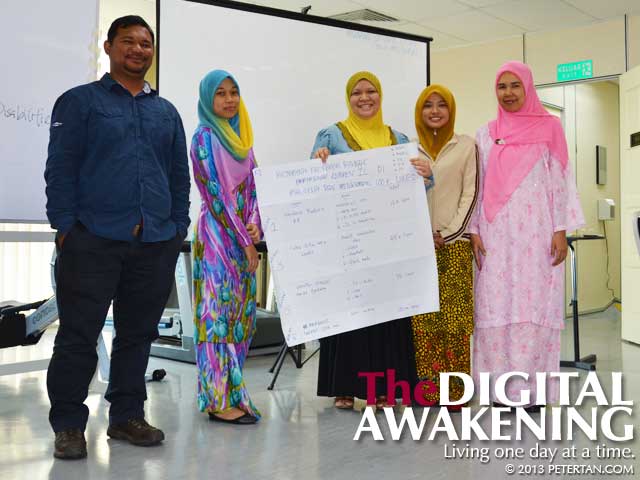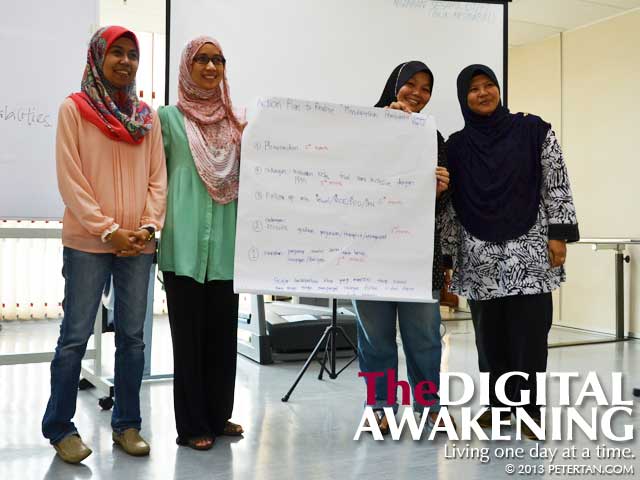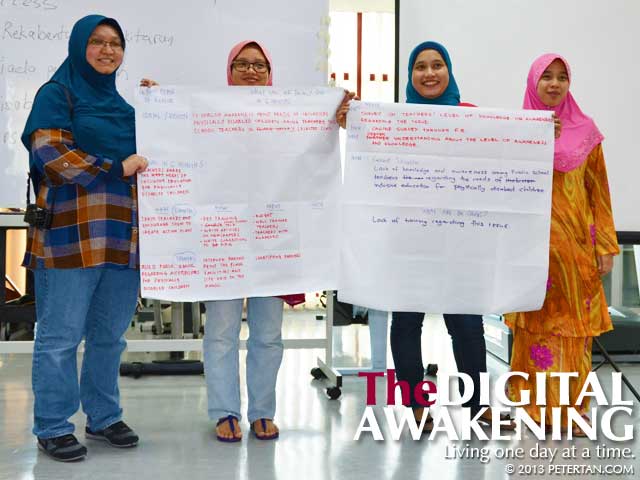Independent Living
by Peter Tan. Posted on April 20, 2013, Saturday
INDEPENDENT Living is a movement of disabled people working towards self-respect, self-determination and the right to live in the community. It all began with Ed Roberts, who is considered the father of the Independent Living Movement.
He and his entire family contracted poliomyelitis in 1953. He was 14 then. It was two years before the vaccine for the dreaded and debilitating disease became publicly available. While his family members recovered, the disease left him paralysed from the neck down. He had to depend on an iron lung to assist him in breathing.
After his discharge from an 18-month hospitalisation, he continued schooling from home via a phone connected to the school. His mother also encouraged him to attend classes in school once a week.
When he sought assistance from the California Department of Rehabilitation in 1961, the agency refused to provide support to him because he was considered too severely disabled to be employable. The rejection was later reversed.
In 1962, Roberts was the first severely disabled student at the University of California in Berkeley. The university had initially refused to admit him because of his condition but it also relented later on.
As there was no suitable accommodation for students in his condition, he had to stay at the campus hospital. Other severely disabled students subsequently joined him at the hospital. Some of the students eventually moved out from the hospital to say in the campus apartments.
They organised themselves to provide crucial services such as wheelchair repair and attendant referral service. With the allowance they were entitled to from the government, they employed attendants to provide personal care and bought electric wheelchairs to ease their mobility.
In 1970, the students managed to secure funding from the Department of Education to run the Physically Disabled Students Program. The programme was so successful that they received requests for services by disabled people who were not students as well.
The Berkeley Centre for Independent Living (CIL) was established in 1972. Apart from providing the essential services, the CIL also advocated for the civil rights, self-determination and equal access for disabled people. There are more than 400 CILs in America today.
After earning his postgraduate degree, Roberts taught political science at a college and then returned to Berkeley to lead the CIL as its second executive director. Ironically, in 1975, he was appointed director of the California Department of Rehabilitation, the very agency that had categorised him as too severely disabled to be employable.
Roberts introduced the Independent Living Movement to Japan in 1981. This was followed by a series of tours around Japan promoting Independent Living by Judith Heumann, another American disability rights activist, and other disabled advocates.
The first CIL in Japan is the Human Care Association. It was established in the city of Hachioji in Tokyo in 1986 by Shoji Nakanishi. To date, there are about 130 CILs in Japan under the umbrella body of the Japan Council on Independent Living Centres (JIL).
Independent Living leaders from Japan conducted three workshops in Malaysia from 2005 to 2007. Selected trainees from these workshops attended further training in Japan and Thailand. Subsequently, the Society of Independent Living for the Disabled Selangor was established in 2008.
Basically, an ILC provides support required by disabled persons to live in the community instead of in institutions. This includes information provision, peer counselling, personal assistant service and independent living skills training.
Peer counselling helps a disabled person regain self-worth. This is always conducted on a one-to-one basis by another disabled person qualified in peer counselling. It is the first and most important step in the process towards Independent Living.
Independent here does not mean that the disabled person has to live and do everything by himself. Where and when help is required, a personal assistant will provide the necessary support. This includes toileting, dressing up, cooking, feeding and even support in work if the disabled person is employed.
The funds to employ personal assistants are usually provided by the federal, state or municipal governments. The number of hours of the service required is determined through consultations between the ILC and the disabled person. A severely disabled person may need 24-hour support while a moderately disabled person may only need a couple of hours.
Most severely disabled persons are totally dependent on their families in every aspect of their lives. Perhaps, the most worrying issue that is seldom voiced out is what will happen to them when their sole carers, who are usually their mothers, pass away.
The role of providing for a disabled person should not rest solely on the parents or siblings. There surely will be times when they are unable to take on this responsibility. Independent Living is crucial in liberating severely disabled persons in this aspect. They can move on with support from the ILCs and personal assistants.
The Independent Living Movement is rapidly spreading across Asia, thanks to the unrelenting effort of Shoji Nakanishi through the Disabled Peoples’ International Asia-Pacific Region and Asia-Pacific Network for Independent Living Centres. ILCs have been established in 11 countries in the past two decades.
There is still a lot of work to be done in Malaysia though. Many severely disabled persons are still unable to realise Independent Living. There is a need to promote this movement throughout the country so that disabled persons understand the ways they can achieve self-determination and live with dignity.
Comments can reach the writer via columnists@theborneopost.com.
Read more: http://www.theborneopost.com/2013/04/20/independent-living/#ixzz2YqyHB8Ch

